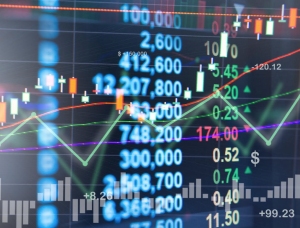What is an NFT?
 This new investment may have piqued your interest for its lucrative prices. After all, one of the most expensive non-fungible tokens (NFTs) around has a $69.3 million price tag.
This new investment may have piqued your interest for its lucrative prices. After all, one of the most expensive non-fungible tokens (NFTs) around has a $69.3 million price tag.
However, before diversifying your portfolio to these digital artworks, it’s best to learn more about them. Do you have no idea where to start? We can help, so continue reading for a quick guide on NFT trading:
1. NFT Art Evaluation Factors
People consider NFTs like a new crypto market, much like Bitcoin OTC. As such, finding their value may be a tricky task. However, these are the following factors to help: Continue reading

 Joseph P Farrell – I want to revisit a story that is now some years old, and which I’ve blogged about before, because now the story assumes a new urgency within the current financial and geopolitical context, and that’s the “supernotes” story from the mid-2000s (articles courtesy of M.D.).
Joseph P Farrell – I want to revisit a story that is now some years old, and which I’ve blogged about before, because now the story assumes a new urgency within the current financial and geopolitical context, and that’s the “supernotes” story from the mid-2000s (articles courtesy of M.D.). Charles Hugh Smith – When an asset rises by almost 30% in a few weeks, it tends to attract attention.
Charles Hugh Smith – When an asset rises by almost 30% in a few weeks, it tends to attract attention.